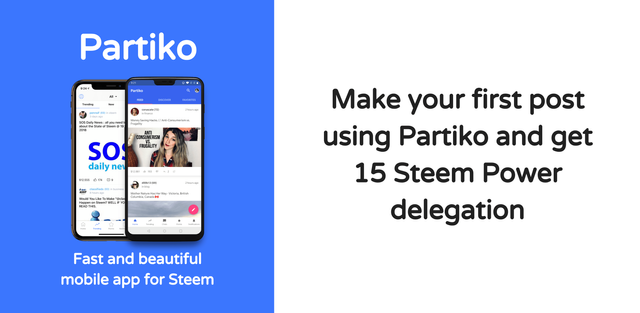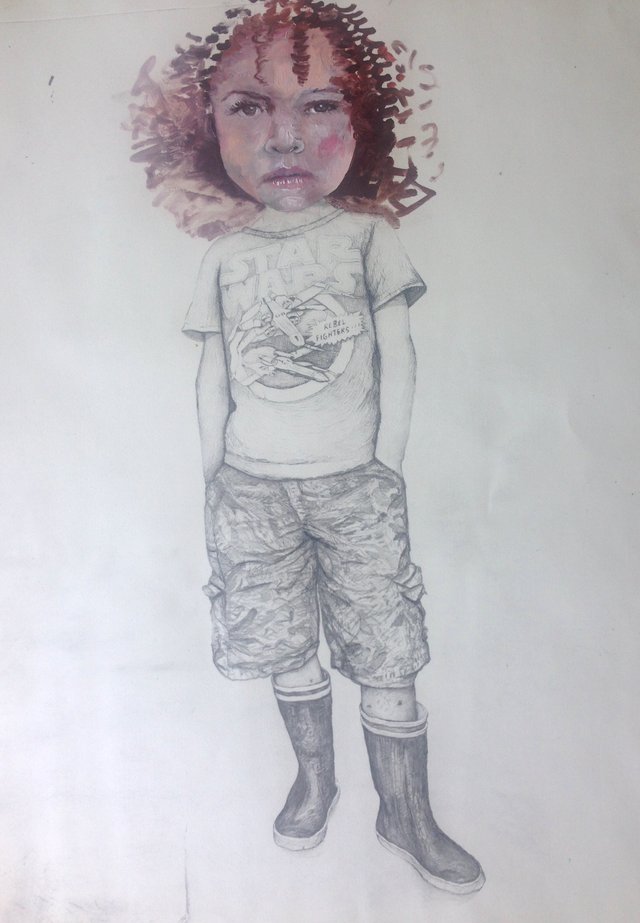Getting an exhibition.
Across all industries, an agreed axiom is that sending any type of correspondence or making any form of contact that hasn’t been researched properly is prone to failure and dissatisfaction. A higher rate of success is achieved if time is taken to do some research and match up what you are offering with those who actually need it.
This sounds crude, but simply put, the scatter gun approach to finding exhibition opportunities can yield some results, but a very focused approach can increase the likelihood of actually participating in the programme of a venue or event. Let’s think of it the way that successful salespeople around the world do. The difference between the ‘unqualified’ lead and the higher potential for success with the ‘qualified’ lead.
One Rule: from this point forward, you will never even think about approaching a venue or event who does not fit the criteria that matches up with what you have to offer. Only pursue targeted leads.
Your Research Questions:
Who is the organisation/venue/event and who are their target audience(s)?
What type of work do they show? What type of artists do they work with? What are the events and services that they offer to their audience?
How well are they considered by their audience, by the public, and by our sector?
What is the size of their organization (expressed in number of employees, annual revenue, or whatever other metric you can measure and apply across the board)? Can you find out the types of budgets that they currently work with?
How do they create revenue?
Do they sell work?
Are they local, regional, national, or global?
Do they have travel shows/events?
Do they have a commissioning and/or publications policy?
How do they publicise exhibitions and events that they present?
What are you offering them specifically?
How will they measuring it?
How will you measure it?
What other supports and services are you offering when approaching them for an exhibition?
How will they describe it?
How will you describe it?
What process do they use to find artists?
Do they perform exhaustive surveys of the sector to inform their programming?
Are they restricted in the types of work that they can present?
Do they have competitors for the same audience? What makes them stand out?
Do they have equitable payment guidelines that they clearly outline and adhere to? Do they offer written contracts?
What is/are the deciding factor/s on their selection process?
What are the benefit(s) that will get them the most excited about what you have to offer?
Who is the main decision maker and how do you get to them? Bear in mind that quite a few places do not accept cold applications. How do you “make an appointment”?
Still with me? Before you go on, take the answers you just created and look at your current leads for exhibitions and events.
First: Find the targeted leads that match the criteria that you just created and focus on them.
Next: Take the leads that don’t match and move them down to the bottom of your list. They are the ones that if you have time, then you might get to them…
Although this is not a foolproof method, it does give you a better chance. You may ask how you are supposed to know all of the answers to the above questions. This is where research is key, not forgetting that part of this research is to (if possible) attend events at venues that you have an interest in and get to know the people who are there. When this is not possible, website trawling, asking artists who may have already shown with the venue/event about their experiences, and making sure that when you do decide to make an approach… You have done the research, AND importantly that you have prepared a targeted presentation, even if only in email form, that shows that you are fully aware of the venue/event and how you fit their programming.
For every venue that doesn’t show your type of work, there are plenty out there that do. It just takes some time to do some research to find them. Also learning from other industries, maybe this is a task that you allot a specific time each week to… and make it part of your studio time. Also, don’t forget the variety of VAI networking events that take place during the year. These are also a very important way for you to do research on how to get your work seen.

